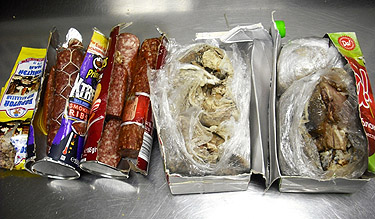
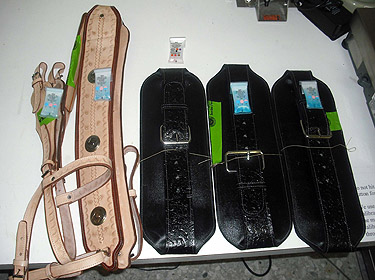
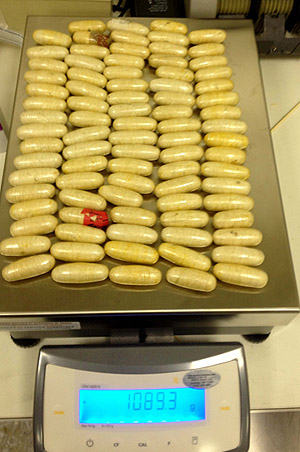
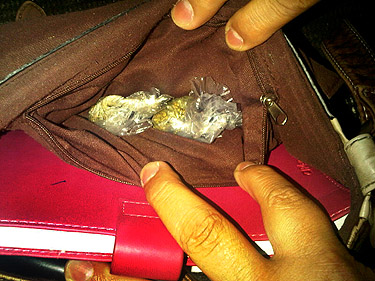
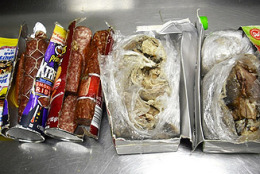
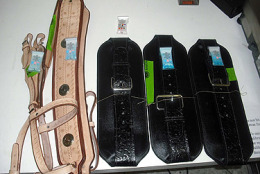
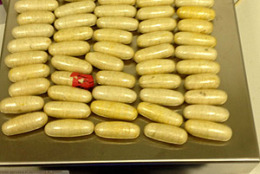
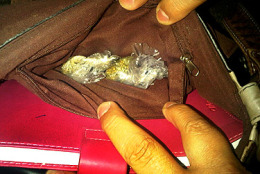
Brennan Haselton, wtop.com
DULLES, Va. – Drugs. Weapons. Even shrunken heads.
You never know what customs officers might find as international travelers arrive at Dulles International Airport.
Heading back from vacation or a business trip overseas can be exhausting, and it’s certainly nice when that long flight is over. But for folks coming home or visiting the U.S., the second part of their journey is only just beginning.
From mobile lounges that bring them to the main Dulles terminal, passengers spill out into the U.S. Customs and Border Protection foreign inspection area.
“What happens inside of this facility is that people coming from international flights will arrive here and present to their passport to an officer inside (a) booth,” says U.S. Customs and Border Protection Officer Chris Downing.
“We’re looking for why they’re coming to the United States, how long they’re going to be staying,” says Officer Thomas Lugo, one of the officers manning a booth in the primary inspection area. “And then, after that, we look for any kind of food products that are inadmissible, that may do some harm to our agricultur al products here in the U.S.”
After checking a traveler’s passport and asking a few questions, you hear the “kerchunk, kerchunk” of Lugo’s stamp and that traveler is on his way to a secondary inspection. And that, says Supervisory Officer Downing, is where things can get interesting.
“We’ve found shrunken heads,” Downing says. “Live depth charges that people thought were dead. And then the military ordinance people came to look at them and they were like, ‘How long have you guys been moving this around in this facility? … Why? This thing is live!’ And people making eight- to 10-hour flights with scorpions sitting on the brim of their hat. So, every day it’s something new.”
Often the next step here, going through a secondary inspection, is a breeze. But if the CBP thinks you deserve a closer look, you could meet Officer Rebecca Rhinehart.
I ask her about some giant vegetables that she’s seized.
“Yes, those are fresh yams from, I believe he was from Cameroon,” Rhinehart answers.
With a laugh, she adds, “I don’t know what they’re watering vegetables with there, but they’re big, big yams.”
However, by far the strangest thing seized on this day: some rodent bush meat.
When I ask whether it was at least cooked, Rhinehart says, “I did not look at it, but I heard it was really, really fragrant. So, it’s a 50-50. It could be cooked, it might not have been cooked.”
Trying to smuggle drugs or forbidden food items into the U.S. can lead to a fine or land you in jail. So to avoid that nightmare, Downing has a suggestion.
“Before you travel out of the country, go on the CBP website and go under ‘Know Before You Go.’ And, it will give you all of the regulations of things that you can bring into the country, that which you can and that which is prohibited.”
It would be shame, after all, to let some giant yams ruin the end of a good trip.
Follow @BHaseltonWTOP and @WTOP on Twitter.
(Copyright 2012 by WTOP. All Rights Reserved.)







